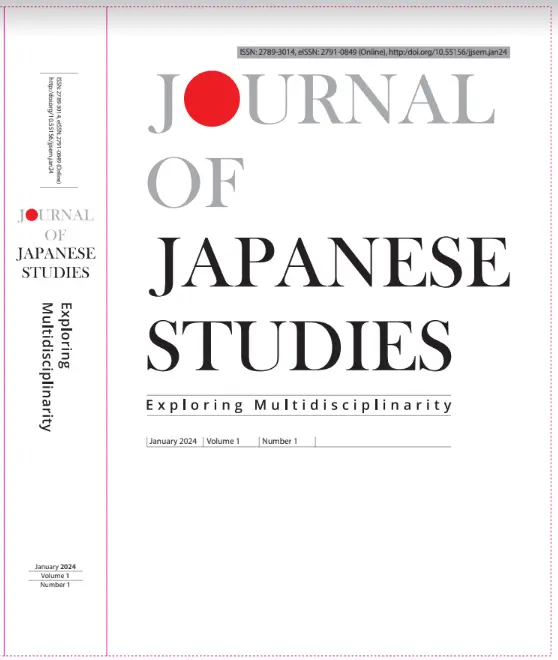
ISSN: 2789-3014
eISSN: 2791-0849 (Online)
Protecting ‘the Shield’: Japan and Ballistic Missile Defence in Second Nuclear Age
Alok Chandan
DOI : http://doi.org/10.55156/jjsem.jan2401
Journal of Japanese Studies: Exploring Multidisciplinarity
Volume 1, Number 1, January 2024
Abstract
In the post-Cold War era, the dynamics of nuclear security changed, and it is now known as the Second Nuclear Age. Japan, the only non-nuclear country in East Asia, has always depended on the USA’s extended deterrence, including the nuclear umbrella. However, current challenges arising from the proliferation of missile and nuclear technology have raised a question about the seriousness of the USA’s commitment. This situation has been further exacerbated by the “rise of China” and the “Nuclear adventurism” of North Korea. To deal with this situation, Japan and the USA believe that relying solely on retaliatory deterrence is insufficient. Hence, Japan has opted for deploying Ballistic Missile Defence (BMD); this option meets the requirement of Japan’s pacifist constitution and non-proliferation and disarmament agenda. This paper attempts to examine the relationship between the Second Nuclear Age in East Asia and the deployment of BMD by Japan. It concludes that a nation’s security arrangements cannot be negated due to a single incident (Taepodong shock). BMD has a ‘defence-offence’ nature, which might lead to an arms race in the region. Also, in the Second Nuclear Age, BMD compliments’ the shield’, that is, the nuclear umbrella, unlike the First Nuclear Age.
Keywords: Ballistic Missile Defence, Japan, East Asia, Nuclear Security, Second Nuclear Age, Deterrence
Notes on Contributor
Ph. D. candidate, Department of East Asian Studies, University of Delhi, New Delhi. E-mail: alokchandan.5123@gmail.com
